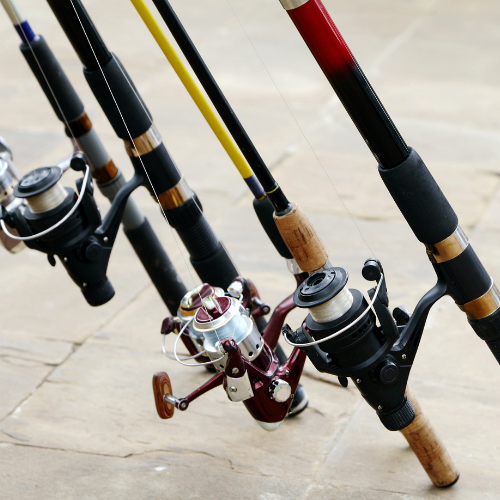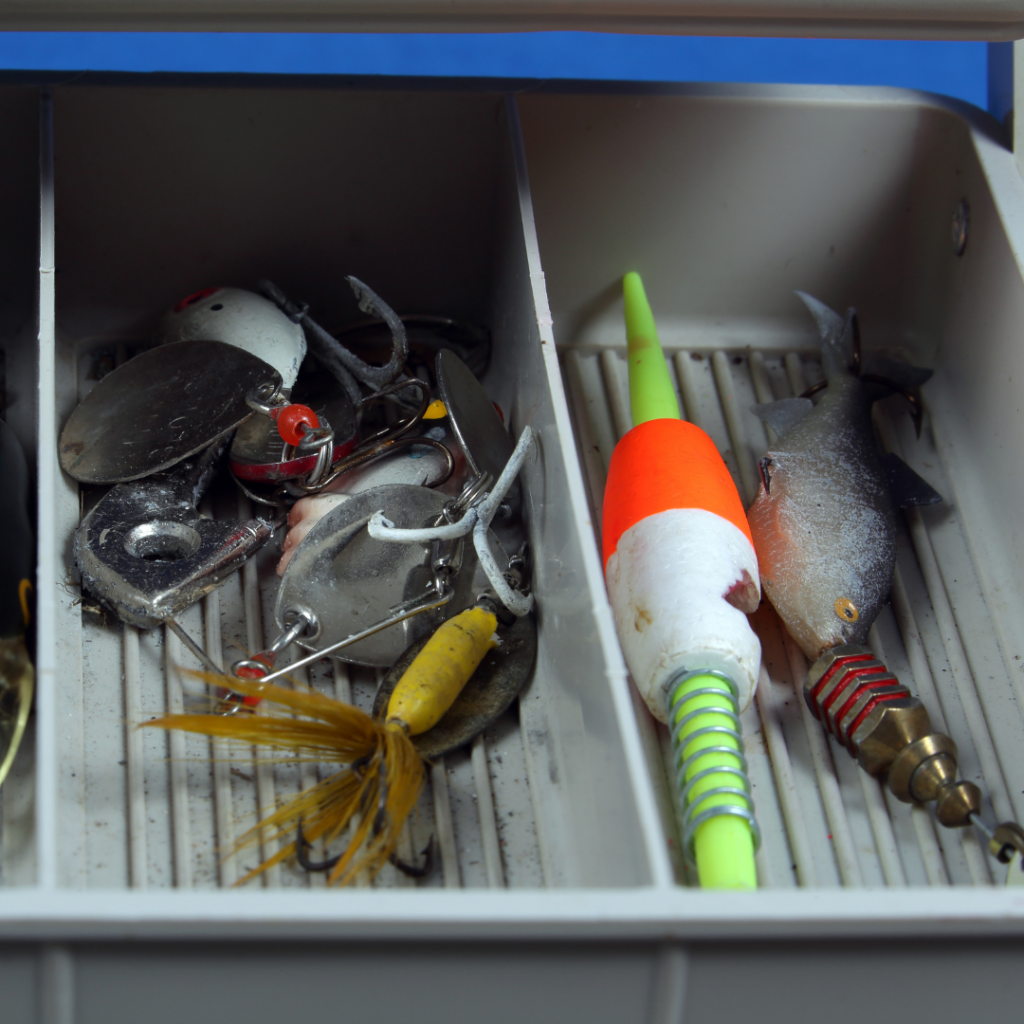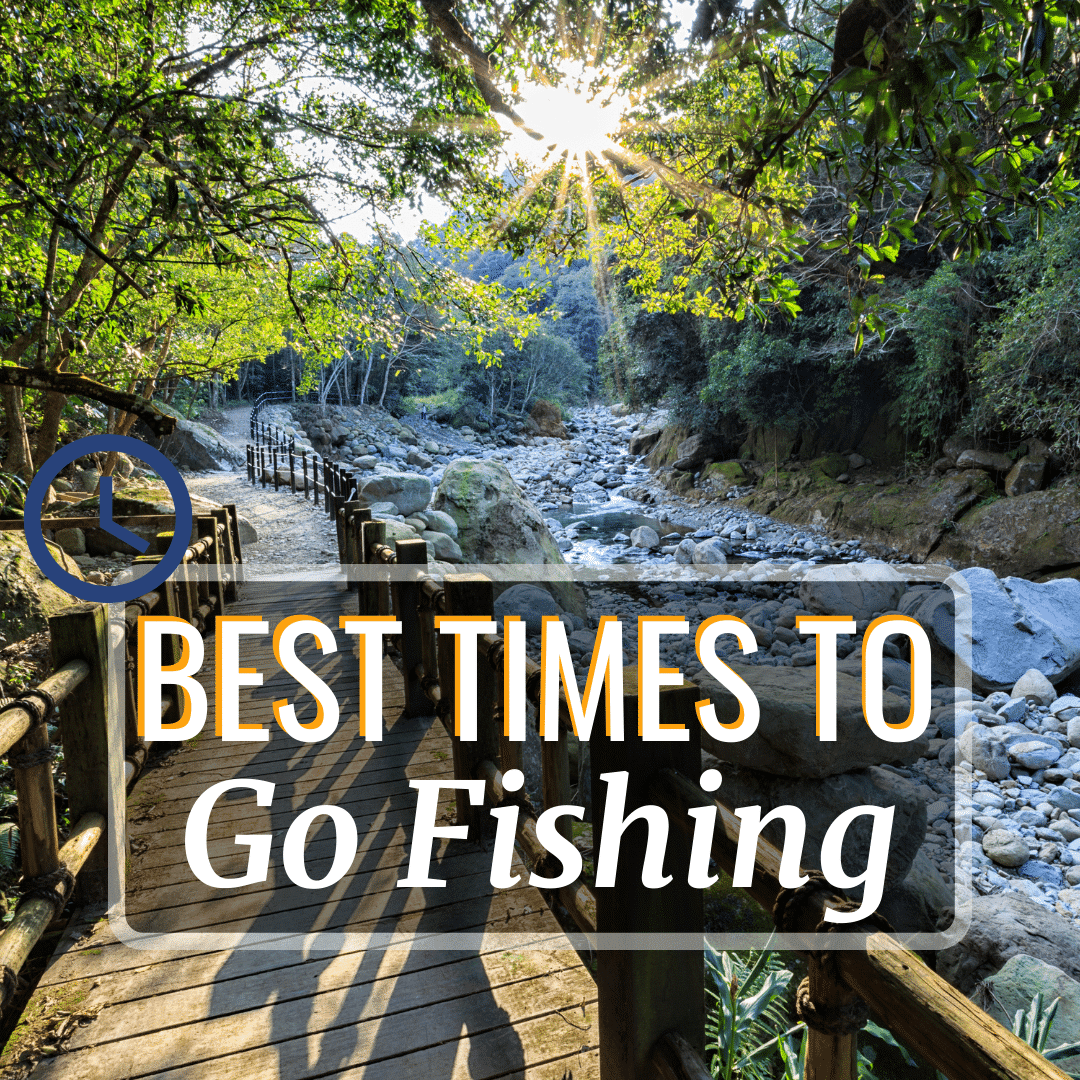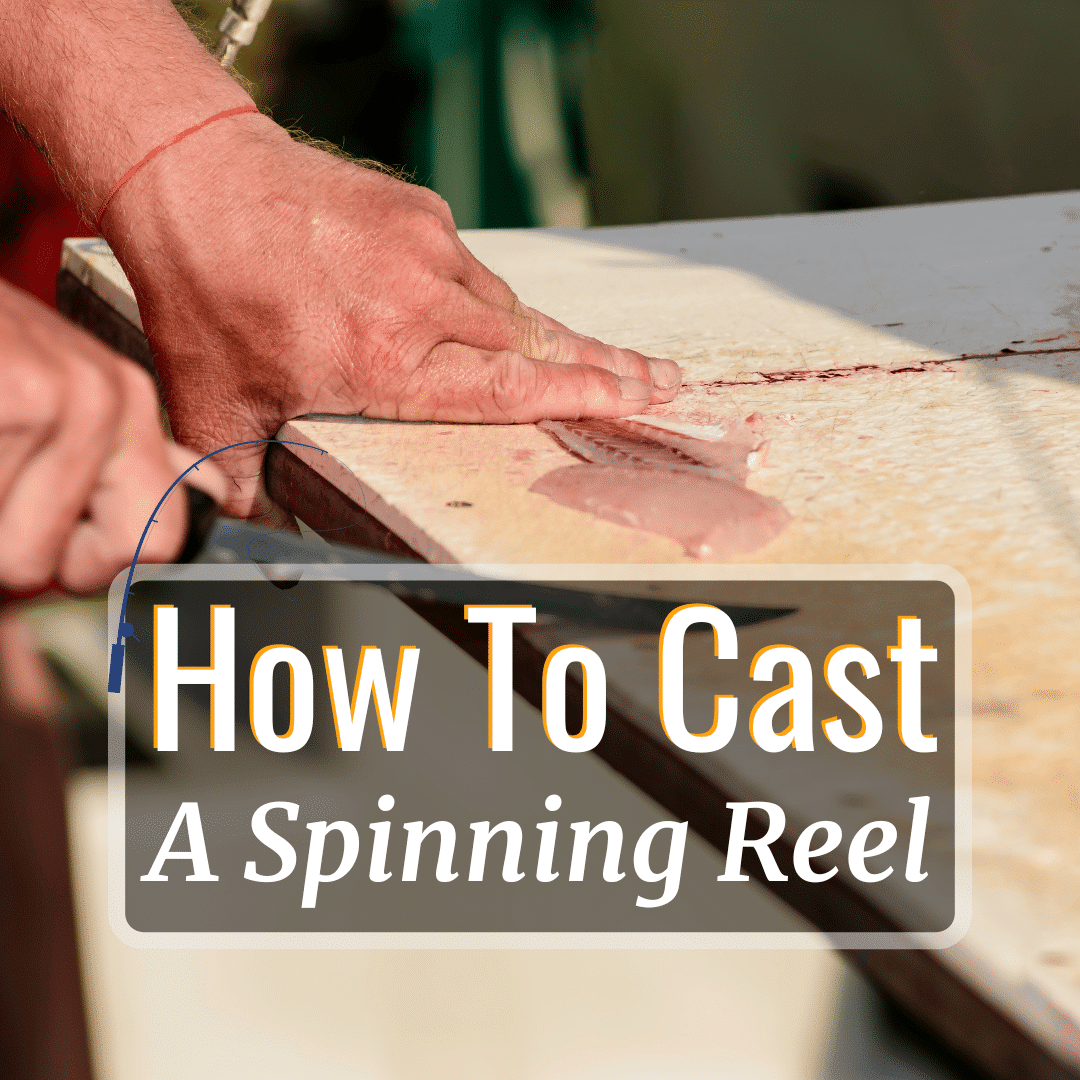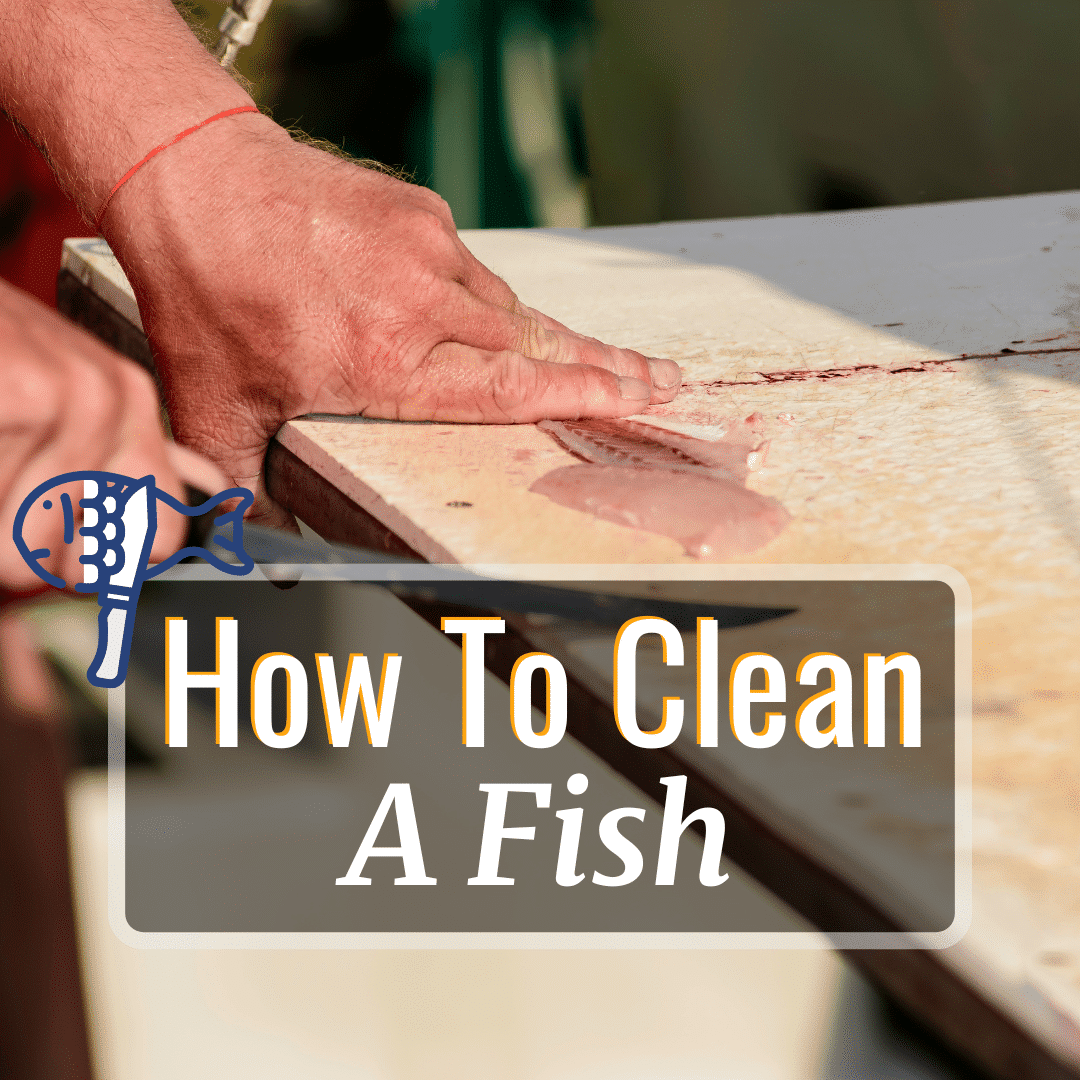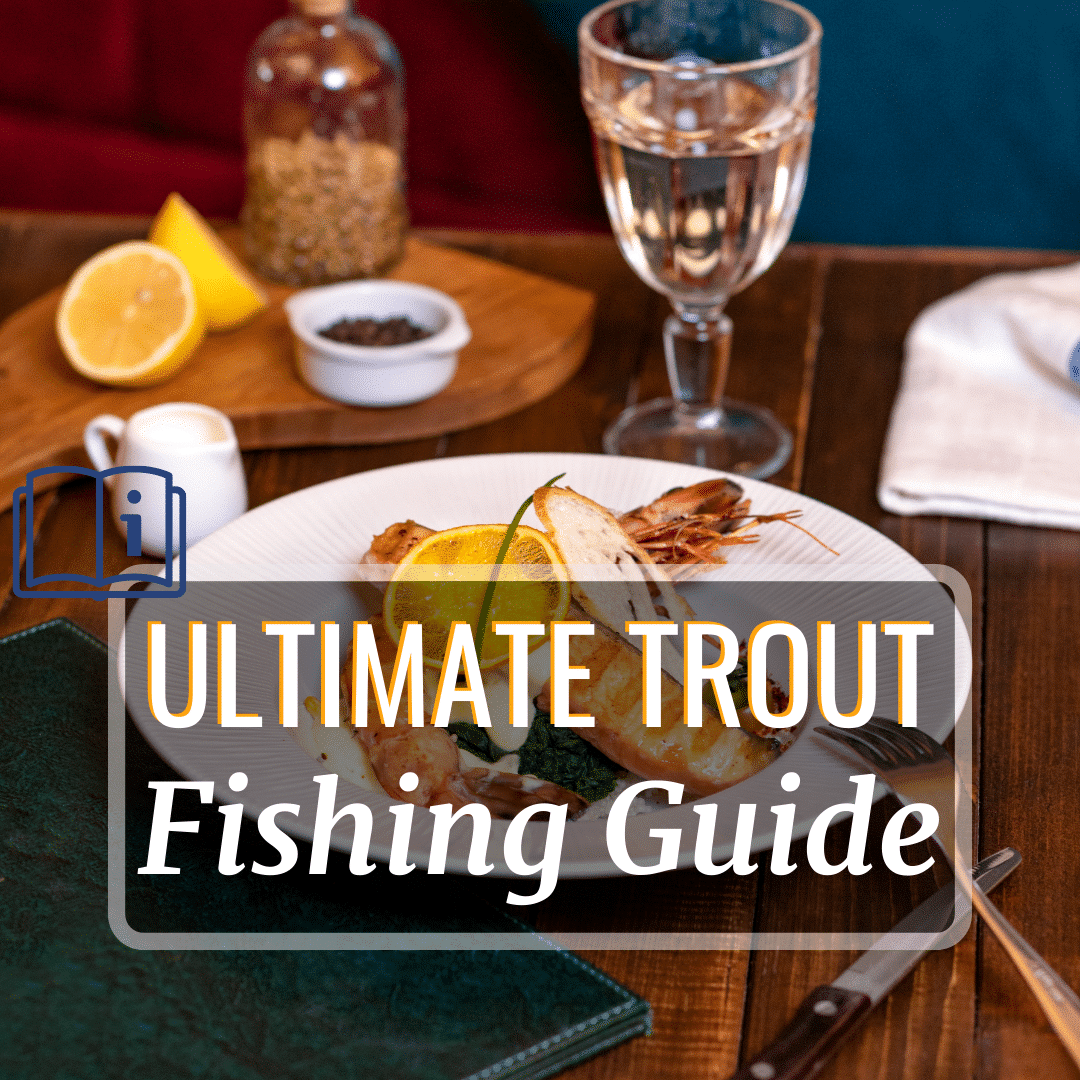Fishing Advice You Can Trust

Who Am I?
I’m Reuben, the founder of Fishing Sensei! I went on my first fishing trip when I was 9 years old. That’s when I fell in love with fishing. When I’m not fishing, I’m in the hunt for new gear and ways to fish better. And this is exactly why I launched Fishing Sensei.
Our mission is to help you become the best angler that you can be. This means you need not just the best and most up to date information, but also the best gear. That’s what you’ll get with Fishing Sensei.



